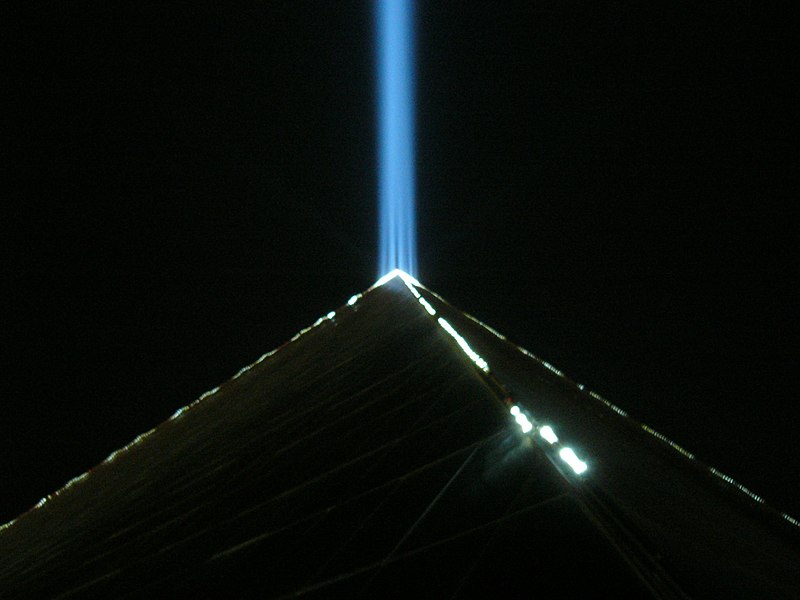xiaowenzu
Banned
- Joined
- Sep 9, 2006
- Messages
- 637
I know that HIDs brag that they don't have a filament to burn, but LEDs don't have a filament either, just electric current which produce light surround by tough epoxy. HIDs are filled with gas which when heated emit light.
Also are LEDs more efficient than HIDs.. I sometimes read that HIDs are the most efficient lighting system, even more so than LEDs.
Lets hope someday that HID flashlights can be shrinked into a small hand-held factor (something the size of a Surefire E2e and requires small start-up voltage.
and requires small start-up voltage. 
OR, lets hope soon we can reach the LED theoretical limit of 400 Lumens/watt. That would be right in the HID territory! Either way, it's going to be a bright future! Pun intended. heheh
Also are LEDs more efficient than HIDs.. I sometimes read that HIDs are the most efficient lighting system, even more so than LEDs.
Lets hope someday that HID flashlights can be shrinked into a small hand-held factor (something the size of a Surefire E2e
 and requires small start-up voltage.
and requires small start-up voltage. 
OR, lets hope soon we can reach the LED theoretical limit of 400 Lumens/watt. That would be right in the HID territory! Either way, it's going to be a bright future! Pun intended. heheh

Last edited:



